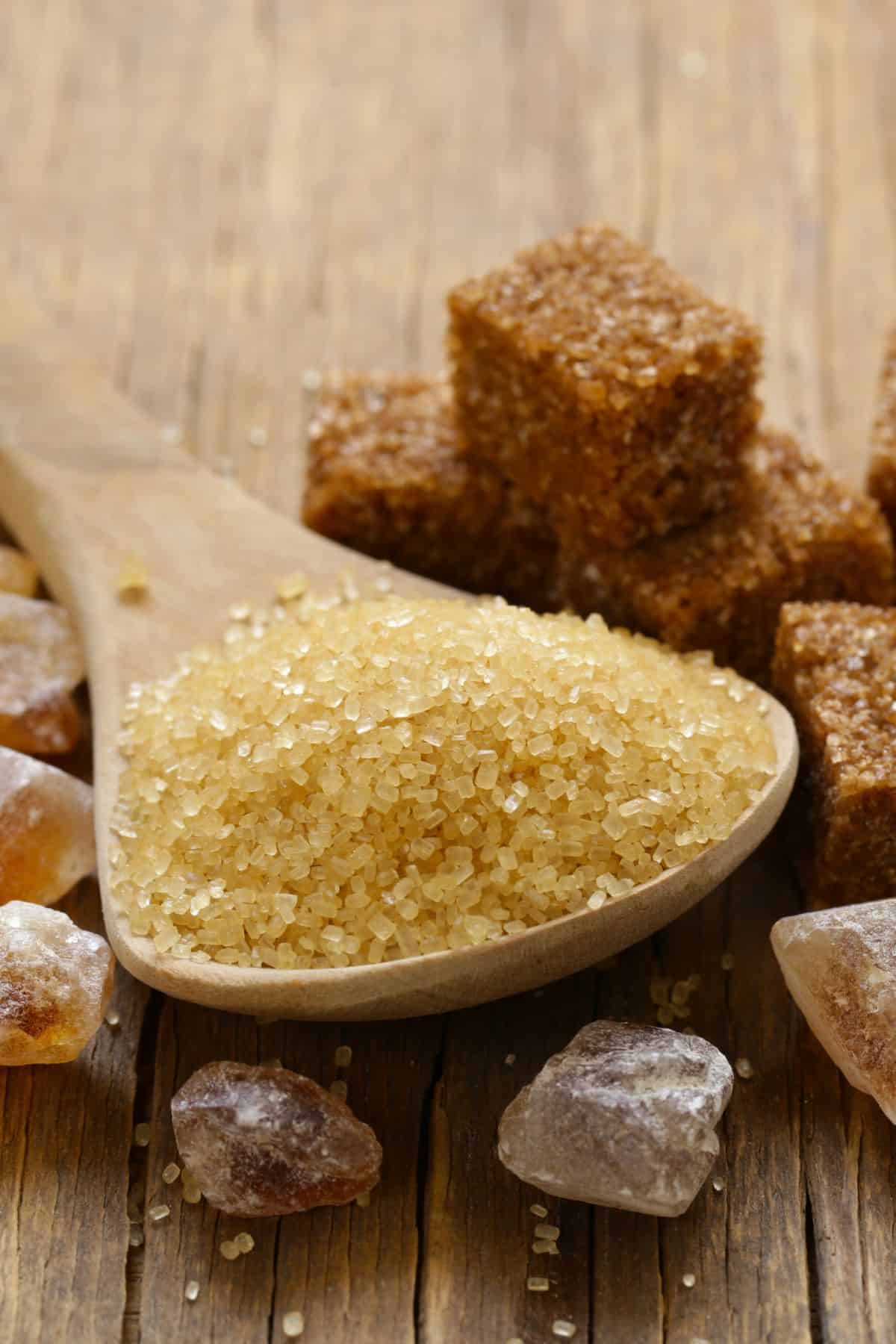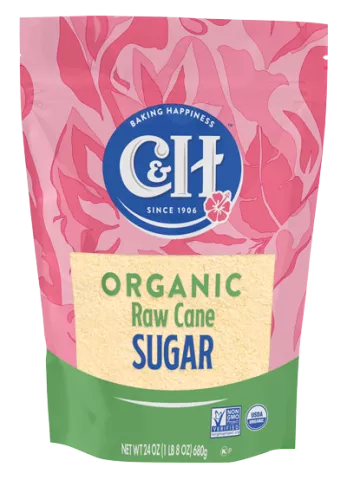Understanding the Critical Strategies and Technologies Employed in Modern Walking Stick Sugar Processing
The development of walking stick sugar handling has been significantly shaped by the assimilation of sophisticated strategies and innovations that address both efficiency and sustainability. As we explore these crucial advancements, it becomes essential to take a look at just how they not just boost manufacturing however additionally straighten with broader market patterns and consumer demands, increasing concerns regarding the future of sugar processing and its effects for international markets.
Historical Context of Walking Cane Sugar Handling
The historical context of walking cane sugar processing reveals an abundant tapestry of farming technology and social exchange that has actually formed its advancement over centuries. The process of drawing out and fine-tuning sugar gained momentum in India, where approaches for formation were improved around the 6th century.

Advanced Removal Strategies
Efficiency in cane sugar extraction has seen substantial innovations, driven by the need for higher yields and lower production costs. Standard techniques have developed, providing way to innovative modern technologies that boost the efficacy of the extraction procedure. One notable advancement is making use of enzyme-assisted extraction, in which certain enzymes damage down cell walls and release even more sucrose from the walking stick fibers. This method not only boosts sugar return yet also decreases the energy required for handling.
Additionally, the adoption of membrane layer filtering technologies, such as nanofiltration and reverse osmosis, has actually reinvented the splitting up of sugar from contaminations. These techniques enable for the careful permeation of sugar molecules while keeping bigger contaminants, enhancing the extraction procedure and lessening waste.
In addition, the assimilation of constant removal systems has actually led to boosted functional efficiency. Cane Sugar Processing. These systems preserve a continuous circulation of cane product, guaranteeing optimum removal conditions and decreasing downtime related to batch handling
Cutting-edge Refining Technologies
Refining strategies in walking stick sugar processing have undergone a transformative change, driven by the demand for greater purity and enhanced item top quality. One of the most significant advancements is the fostering of membrane layer purification innovations, such as ultrafiltration and nanofiltration. These processes successfully get rid of pollutants and colorants without the need for considerable chemical therapies, thereby preserving the sugar's natural flavor and boosting its charm.
An additional significant improvement is making use of ion exchange materials, which permit selective removal of unwanted ions from sugar solutions. This technology not just increases the overall purity of the last product yet additionally adds to reduced waste and environmental influence.
Moreover, improvements in adsorption methods, making use of activated carbon and various other advanced products, have actually shown reliable in decolorizing sugar remedies while keeping optimum high quality. The assimilation of these innovative refining technologies makes sure that producers can generate polished sugar with premium quality and preference, fulfilling the evolving preferences of consumers.
Automation and Control Systems
Recent advancements in refining modern technologies have led the means for substantial enhancements in automation and control systems within walking cane sugar processing facilities. These systems utilize sophisticated software and hardware to boost operational efficiency, reduce human mistake, and make sure consistent item quality.
Modern automation integrates various parts, consisting of sensors, actuators, and programmable reasoning controllers (PLCs), making it possible for real-time monitoring and control of important procedures. For circumstances, pressure, temperature, and flow rates can be precisely regulated throughout extraction, information, and crystallization stages, optimizing efficiency and reducing waste.
Furthermore, progressed data analytics and equipment learning algorithms play a critical function in anticipating upkeep, allowing drivers to anticipate equipment failings prior to they occur. This proactive approach not only lowers downtime however likewise prolongs the lifespan of equipment.
Additionally, automation facilitates Look At This the execution of Sector 4.0 principles, encouraging sugar mills to achieve greater connection and information exchange across procedures. Consequently, decision-making becomes more dexterous and educated, eventually enhancing the general competitiveness of walking stick sugar production. With these advancements, the sector is well-positioned to meet expanding global needs while preserving operational quality.
Sustainability Practices in Sugar Manufacturing
Sustainability techniques in sugar production have come to be increasingly important as the industry looks for to balance financial stability with environmental duty. As consumer recognition expands regarding the environmental influences of farming techniques, sugar producers are taking on innovative techniques to reduce their environmental impact.
One significant strategy is the execution of accuracy agriculture methods, which make use of information analytics to enhance source usage, such as water and fertilizers. This decreases waste and lessens the influence on local communities. In addition, many manufacturers are transitioning to sustainable energy sources, such as biomass from sugarcane byproducts, to power their operations, thereby reducing dependence on nonrenewable fuel sources.
Water management techniques are additionally essential; rainwater harvesting and reliable watering systems assist alleviate water shortage issues. Cane Sugar Processing. In addition, incorporated parasite monitoring approaches decrease chemical usage, promoting biodiversity and soil health and wellness
Corporate social his comment is here responsibility campaigns are arising, with firms investing in neighborhood neighborhoods and making certain reasonable labor methods. By accepting these sustainability practices, the sugar sector not just boosts its credibility yet additionally adds to a much more sustainable farming landscape, leading the means for future generations.

Conclusion
In recap, modern walking cane sugar processing incorporates a series of innovative techniques and innovations that dramatically enhance return, sustainability, and performance. The adoption of cutting-edge extraction and refining methods, along with automation and control systems, assists in improved operational efficiency and item top quality. In addition, the focus on lasting methods highlights a commitment to reducing ecological influence and advertising ethical manufacturing. Jointly, these developments position the cane sugar sector to fulfill contemporary demands while resolving important global obstacles.
The evolution of walking cane sugar handling has been dramatically formed by the integration of sophisticated methods and More Bonuses modern technologies that address both performance and sustainability.The historic context of walking cane sugar processing exposes an abundant tapestry of agricultural technology and cultural exchange that has formed its development over centuries. Technologies in milling and refining emerged, laying the foundation for contemporary cane sugar processing.Refining methods in walking stick sugar handling have undertaken a transformative change, driven by the demand for higher pureness and enhanced product top quality.In recap, contemporary walking stick sugar processing includes a variety of sophisticated methods and modern technologies that substantially boost sustainability, return, and effectiveness.